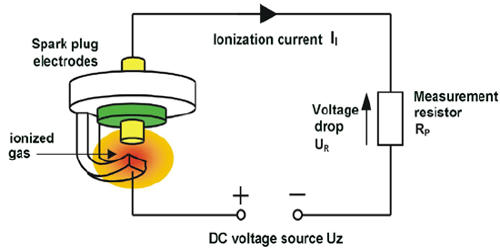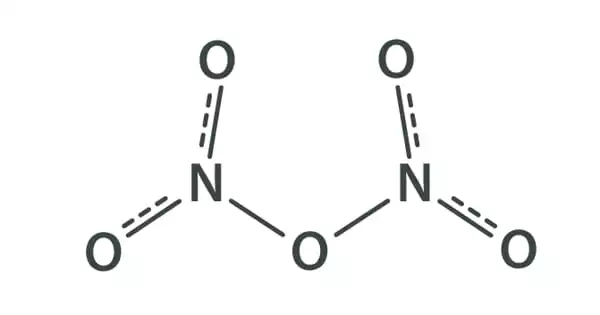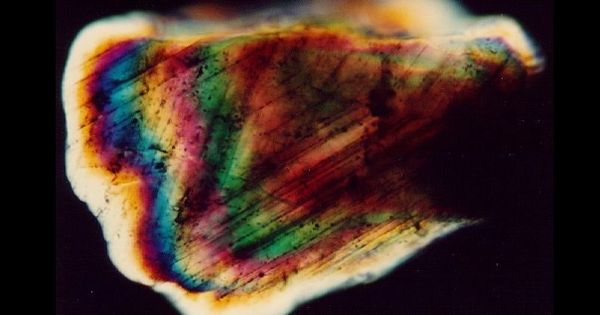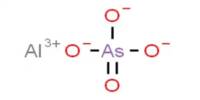Spark ionization is a method used to produce gas-phase ions from a solid sample. The prepared solid sample is vaporized and partially ionized by an intermittent discharge or spark. Most transition metals difficult to ionize thermally. Spark developed by Dempster to extend MS analysis to metals. This technique is primarily used in the field of mass spectrometry. The techniques of Thermal, Spark Source, and Glow Discharge ionization have been used extensively in mass spectrometry as a means for characterizing inorganic solids and metallic elements. When incorporated with a mass spectrometer the complete instrument is referred to as a spark ionization mass spectrometer or as a spark source mass spectrometer (SSMS). Other examples include inductively coupled plasma-mass spectrometry (ICP-MS), accelerator mass spectrometry (AMS), thermal ionization-mass spectrometry (TIMS), and spark source mass spectrometry (SSMS). SSMS is an analytical technique used for determining the concentration of elements in a wide range of solid samples, including metals, semiconductors, ceramics, geological and biological materials, and air and water pollution samples.
History
Sample ionization has been traditionally accomplished with a spark or arc source. The use of spark ionization for analysis of impurities in solids was indicated by Dempster’s work in 1935. Mass spectrometric platforms are capable of detecting more compounds in a single run than other traditional analytical tools. Metals were a class of material that could not be previously ionized by thermal ionization (the method formerly used for ionizing solid sample). A material processing device that couples a spark discharge to a laser multi charged ion source to enhance the production of multi charged ions and increases ionization while simplifying the structure.
Spark ion sources were not commercially produced until after 1954 when Hannay demonstrated its capability for analysis of trace impurities (sub-part per million detection sensitivity) in semiconducting materials. The prototype spark source instrument was the MS7 mass spectrometer produced by Metropolitan-Vickers Electrical Company, Ltd. in 1959. Commercial production of spark source instruments continued throughout the 50s, 60s, and 70s, but they were phased out when other trace element detection techniques with improved resolution and accuracy were invented (circa 1960s). Successors of the spark ion source for trace element analysis are the laser ion source, glow discharge ion source, and inductively coupled plasma ion source. The emission spectrum of triply ionized indium has been photographed over a spectral range from 340 to 7000 Å using disruptive electrodeless discharge and spark in helium sources. Today, very few laboratories use spark ionization worldwide. Selective ionization methods only ionize compounds with specific chemical or physical properties and typically show little or no fragmentation.















